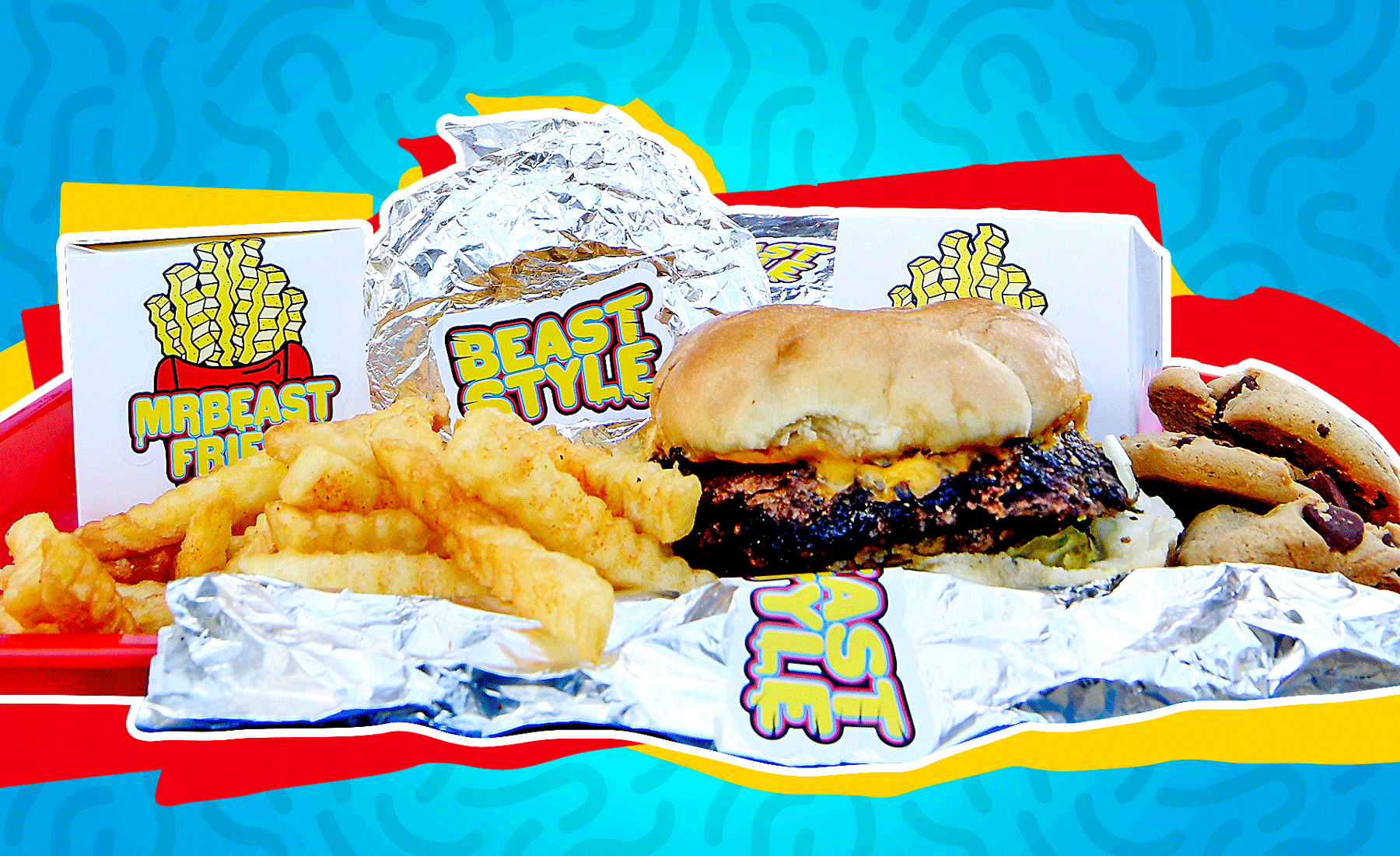On Restaurant Tech
Happy Almost Thanksgiving!
I hope you’re getting ready to relax and socialize and cook and eat. Last year I decided that I would take the entire week of Thanksgiving off to cook, and so this may be the last you hear from me until December. I’ll keep you updated on how this actually goes. . .
Last week you should have received Revel’s first cultural-radar email “The Trendy Elitist.” TTE will be come every month, and we’ll use it to share what we are reading, watching and eating, new places we’re going, and what new retail and food trends we’re seeing. We hope you like it.
A few months ago, celebrity chef David Chang opened an outpost of his quick service chicken chain Fuku in Atlanta. This was met with the typical glowing press. But there were no reports from the grand opening, no pictures of the restaurant. Because Fuku isn’t one in the traditional sense. It doesn’t even have a website. It’s a virtual brand.
In the second of what I said would be two notes— but at this rate may be a hundred and two— we’ll dig a into the challenges small independent restaurants face in the coming decade. This note is going to deal with technology (and the VC money behind it). Before we get too much further let’s define a couple of terms that will be important.
[This bit won’t be too snarky. Apologies.]
The first term to know is delivery app. Certainly everyone on this email knows of or uses delivery apps like Uber Eats, DoorDash or Grubhub: these are the Ubers of F+B that connect customers with restaurants and deliver food between the two for a fee.
The second term to know is virtual brand. A virtual restaurant brand does not have a “front door” or a dining room. You can only order a virtual brand’s food online or via delivery app, and usually only for delivery.
Lastly, virtual brands often (but not always) prepare food in ghost kitchens, or dark kitchens. This is a broad term that simply means any commercial kitchen of any size, where the final product is consumed offsite. Large VC-funded operations like REEF and Cloud Kitchens have gotten into the game in a big way. They buy or rent commercial real estate, build out dozens of tiny commercial kitchens, then lease / sublease those tiny kitchens to restaurant brands both virtual and real. A food court without patrons.
A ghost kitchen. Zing!
The evil villains in this story (you have to have one) are the delivery apps. Delivery apps revenue is generated mostly from fees they charge to restaurants and customers. Customer charges are well and fine: pricing transparency is good! Those restaurant fees bring most of the negative press and burgeoning municipal regulations. Understandably so. When apps charge 15% to 30% to dine-in restaurants built on 10% to 20% margins, you can see how this might be a problem. Back in the day when delivery wasn’t much of a thing, dine-in restaurants could chalk up the fees to customer acquisition costs. Since the pandemic almost tripled US restaurant delivery orders, it has become a financial drain.
Those 30% fees are bad not because they are huge but because they aren't transparent. Transparency rules! How can you expect the customer to know the true cost if it isn’t transparent? But focusing on those fees misses the greater harm apps are posed to do to small restaurants.. One of those being the virtual “slotting fee” that apps charge. When you search delivery apps for burgers (for anything), the burger brands at the top of the list aren’t those with the best reviews or even health department scores. They’re the ones that paid the highest slotting fees. Score another point for the big nationals.
This virtual restaurant will do $40M this year. Heaven help us all
The bigger threat to independent restaurants might be the algorithms. Like any good VC-fueled tech company, delivery apps collect a lot of data, and use that data to create algorithms to predict not only what you will want to eat but what all your neighbors will want to eat. The apps don’t share that data with their restaurant “partners.” They act as more as gatekeepers than middlemen. When an Uber Eats order comes in, you the restaurateur don’t know where that food is going.
This data is important. Theoretically the apps use this data to help all of their restaurant “partners” grow: maybe your local cafe didn’t know that microwaved eggs were suddenly in demand. In reality the apps use the data to help large virtual brands grow additional large virtual brands, because that is the only growth that can happen at massive, nationwide scale.
Somehow despite these significant fees and exponential growth, the delivery apps still lost money in 2020. But the flow of VC money hasn’t stopped. Small restaurants can’t survive these giant fees, and the business won’t be a business if the customer paid it all (the cost for delivery would double the menu price!) The only solution left to the apps will be full vertical integration. They are already beginning to operate some ghost kitchen facilities. This will continue. The next step? Doing away with the actual restaurants; cooking and preparing the food themselves.
We’ve literally seen this movie.
Maybe that’s a good thing. Maybe this leaves Mr Beast and Mariah Carey for eating at home, and your delightful neighborhood bistro— who one day just stops with the delivery scam — for eating out. But there is only so much money to be spent on prepared meals, and the apps are trying to take as much of that money as they can. Those small neighborhood jewels are in for the fight of their organic farm-to-table lives.
I’ve said a million times that restaurants aren’t going away, and they aren’t. Great places won’t stop attracting crowds. I also think that commercial real estate owners can be independent restaurateurs’ best hope for longterm success (we are in this together, after all). More on that next month. .
New projects in Ohio, D.C, San Francisco, Los Angeles and Atlanta. Soon I’ll share more information on our growing restaurant management company. I am incredibly excited about how we are building it. Among other things, we’ve decided to make it employee-owned.
Not a sponsored post but it should be. If you want to meet the good guys in delivery, try Goldbelly. Goldbelly delivers regional food classics (with transparent pricing!) anywhere in the world. Want a muffuletta from Central Grocery, bread from Tartine, or hummus from Zahav? Goldbelly has you covered.
As always, thanks for reading! If you’ve enjoyed this please forward to a friend.
I run a retail development and consulting company in Atlanta, and write monthly on issues facing the retail real estate industry. If you’re getting this for the first time and want to sign up, just click the button above
If you’ve got a retail project that could use some new thinking, or just some thoughts on the future of independent restaurants, we’d love to hear from you.
Cheers,
G



